Understanding Website Design
Website design focuses on the visual and experiential aspects of a website. It involves creating the layout, look, and feel that visitors interact with. Good design ensures the site is attractive, easy to navigate, and aligns with the brand identity.
Key elements of website design include:
- Layout and structure of pages
- Color schemes and typography
- Images, graphics, and icons
- User interface (UI) and user experience (UX) considerations
- Responsive design for mobile and tablets
Understanding Website Development
Website development refers to the technical side that makes a website functional. It involves coding and programming to build the structure and features designed by the web designer. Development ensures that the website works properly, loads quickly, and supports interactivity.
Key aspects of website development include:
- Writing code using languages like HTML, CSS, JavaScript, and backend languages
- Setting up databases and servers
- Integrating third-party tools and APIs
- Implementing content management systems (CMS)
- Ensuring website security and performance optimization
How Website Design and Development Work Together
In Singapore’s competitive market, combining excellent design with robust development is essential for success.
- Designers create wireframes and mockups to visualize the site
- Developers convert designs into functional web pages
- Both teams collaborate to ensure usability and technical feasibility
- Continuous feedback helps refine the final product
Differences in Skillsets and Tools
Designers typically use tools like Adobe XD, Figma, Sketch, and Photoshop. They focus on creativity, visual hierarchy, and user psychology.
Developers use code editors, version control systems (e.g., Git), and frameworks like React, Angular, or Laravel. They focus on logic, functionality, and optimization.
Importance for Singapore Businesses
- Website design shapes how users perceive your brand and influences engagement
- Website development ensures your site operates smoothly, supports business needs, and scales with growth
- Both are crucial for delivering a seamless digital experience that meets Singaporean customer expectations
Choosing the Right Partner for Your Website Project
Many Singapore businesses seek agencies that offer both design and development services for streamlined communication and better results. Clear understanding of your goals helps define whether you need more emphasis on design creativity or technical development.
Conclusion: Design and Development Are Two Sides of the Same Coin
In Singapore, successful websites require both strong design and effective development. Design captures attention and builds trust, while development ensures functionality and performance. Investing in both disciplines creates a website that looks great and works flawlessly.

